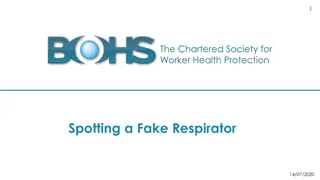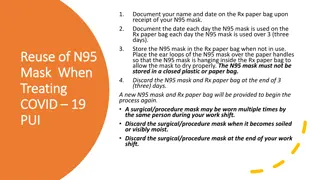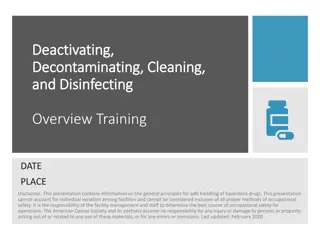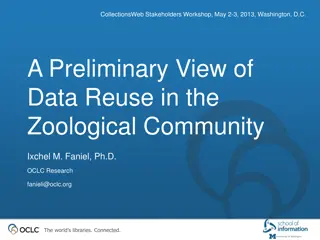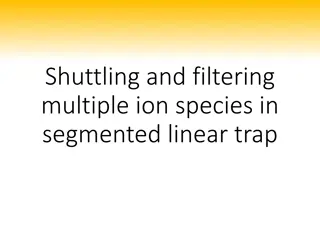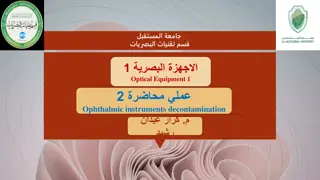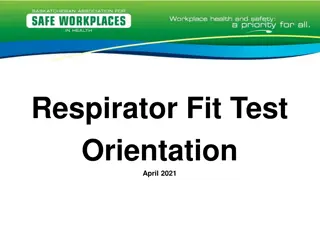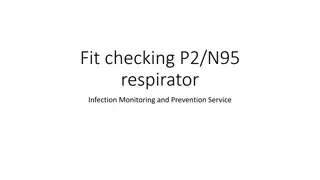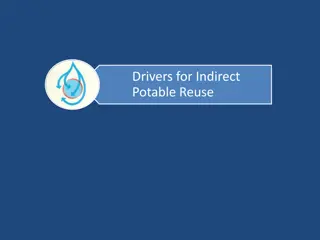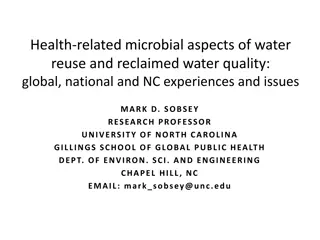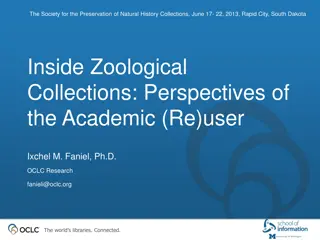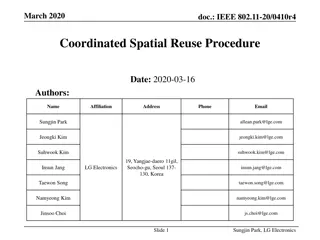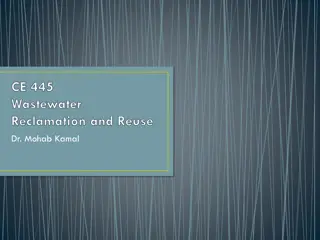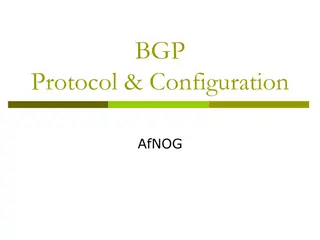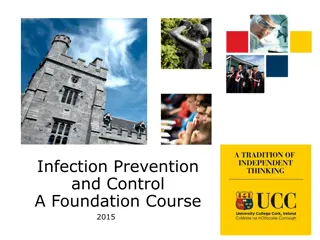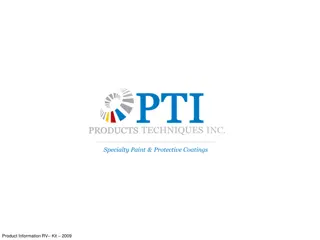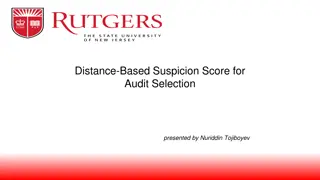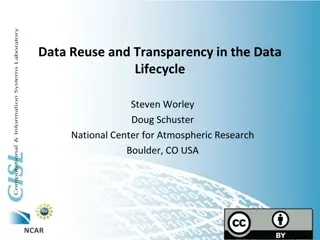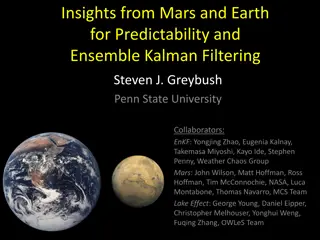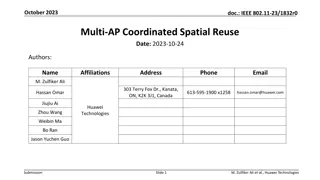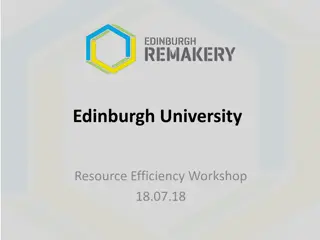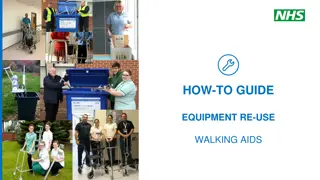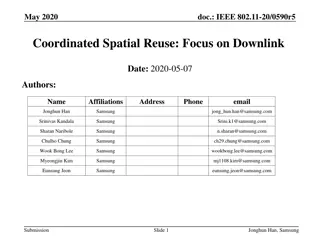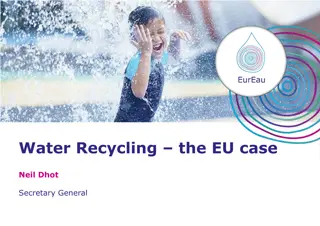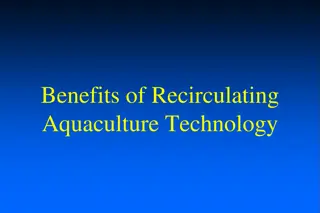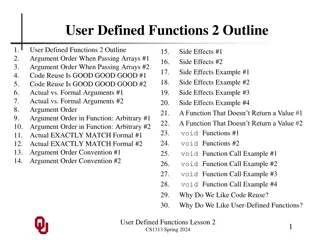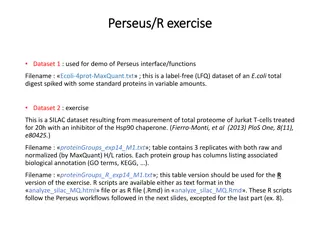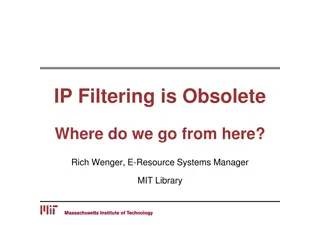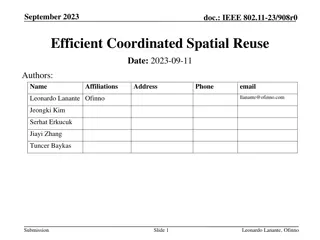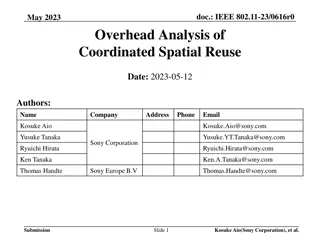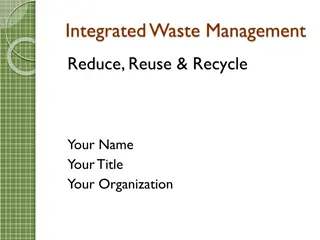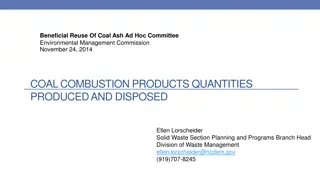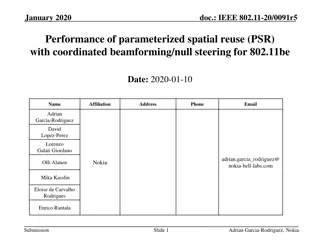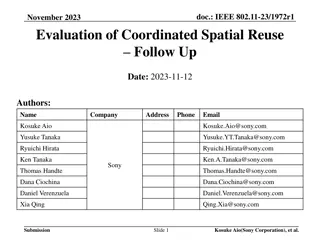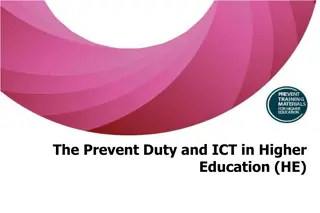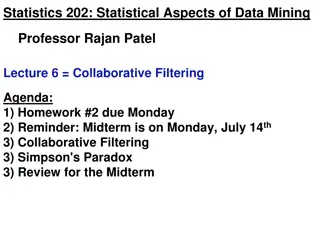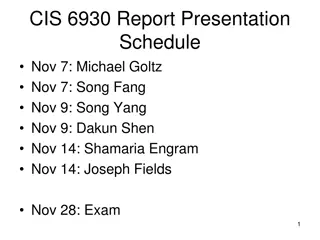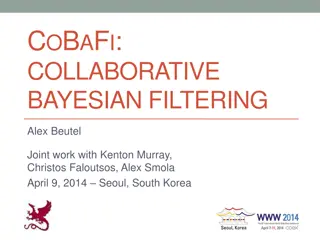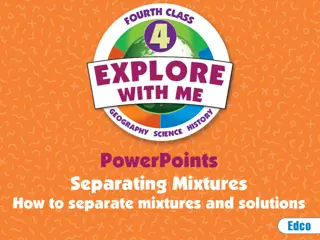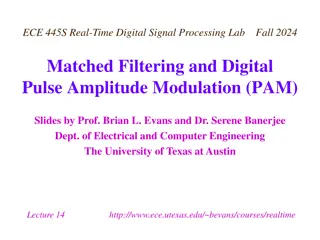Decontamination and Reuse of N95 Filtering Facepiece Respirators
This presentation discusses the decontamination and reuse of N95 filtering facepiece respirators, addressing the need for solutions in sanitizing technologies like ultraviolet light and chlorine dioxide. Various methods under consideration, such as heat and hydrogen peroxide, are explored alongside considerations for effective sanitization. The speaker, David Shelep, a seasoned microbiologist, provides valuable insights into monitoring and controlling contamination in healthcare settings.
Download Presentation

Please find below an Image/Link to download the presentation.
The content on the website is provided AS IS for your information and personal use only. It may not be sold, licensed, or shared on other websites without obtaining consent from the author. Download presentation by click this link. If you encounter any issues during the download, it is possible that the publisher has removed the file from their server.
E N D
Presentation Transcript
Decontamination and Reuse of N95 Filtering Facepiece Respirators March 31, 2020 David Shelep Microbiologist, Consultant Paramount Sciences Representing: Solutions for Monitoring and Controlling Contamination
Agenda Background The need, methods, what is important in sanitizing Technologies Ultraviolet light Chlorine dioxide Next steps Solutions for Monitoring and Controlling Contamination
Background on me B.S. Microbiology Food Laboratory testing 20+ years in Microbiology sales and service Clinical Microbiology Pharmaceutical Microbiology Food Microbiology Environmental Monitoring Microbial Identifications American Society for Microbiology, Northeast Association for Clinical Microbiology and Infectious Diseases, International Association for Food Protection, Parenteral Drug Association Coordinate my interdisciplinary Microbiology experience for clients and vendors matching their needs and solutions Solutions for Monitoring and Controlling Contamination
The need regarding Filtering Facepiece Respirators (FFR) N95 s It has been anticipated, but measures not widely planned or implemented Limited reuse has been recommended as an option for conserving FFR During an influenza pandemic in the U.S. alone 1.7-7.3 billion FFR s could be needed The National Institute for Occupational Safety and Health (NIOSH) PANDEMIC PLANNING - Recommended Guidance for Extended Use and Limited Reuse of N95 Filtering Facepiece Respirators in Healthcare Settings American Journal of Infection Control, 2018 Ultraviolet germicidal irradiation of influenza-contaminated N95 filtering facepiece respirators Devin Mills BS, Delbert A. Harnish MS*, Caryn Lawrence BS, Megan Sandoval-Powers BS, Brian K. Heimbuch MS Solutions for Monitoring and Controlling Contamination
Some methods under consideration Heat Ultraviolet light Manual alcohol or bleach cleaning Hydrogen peroxide Steam Microwave Chlorine dioxide Solutions for Monitoring and Controlling Contamination
Considerations for sanitizing or decontaminating The method must able to kill the organism in question Bacteria, viruses, fungi, spores, etc. It must achieve good and complete distribution Where/how it is applied It must achieve thorough and total penetration The chemistry behind the method Can it achieve sufficient contact time at the correct concentration Material safety concerns Solutions for Monitoring and Controlling Contamination
UV Solution Ultraviolet Light (UV-C) for Disinfection Benefits Quickly kills microorganisms by damaging their DNA Non-toxic to environment Leaves no residues Simple to use Costs pennies per cycle Downsides Shadow areas do not receive dosage Difficult to effectively use in large areas with many items Initial cost Solutions for Monitoring and Controlling Contamination
UV Solution Ultraviolet Light (UV-C) for Disinfection Kills practically all organisms with the proper dosage Effective within (and limited by) line-of-sight Kill is dependent on dosage and intensity Dust and dirt reduces effectiveness Plain glass and most plastics block UV-C light Intensity falls with distance Can burn eyes and skin Solutions for Monitoring and Controlling Contamination
UV Solution Ultraviolet Light (UV-C) for Disinfection Primary kill spectrum is 265nm (UV-C) Peak output of the bulbs is 253.7nm Nearly all UV systems use the same basic technology Solutions for Monitoring and Controlling Contamination
UV Solution Ultraviolet Light (UV-C) for Disinfection Solutions for Monitoring and Controlling Contamination
UV Solution Ultraviolet Light (UV-C) for Disinfection ClorDiSys will customize Solutions for Monitoring and Controlling Contamination
UV Solution The Nebraska Medicine procedure is practical and easy to implement (if resources are available) Other UV set-ups could be used https://www.nebraskamed.com/sites/default/files/documents/covid- 19/n-95-decon-process.pdf Solutions for Monitoring and Controlling Contamination
ClO2 Gas Solution Chlorine Dioxide (Gas) Yellow-green gas ability to monitor with photometric device Water soluble not all sterilants can penetrate, vapors cannot Boiling point 10-11oC Not subject to condensation or temperature gradients Able to penetrate microscopic crevices where traditional sanitation cannot Gentler on materials than other methods (chlorine, peracetic acid, hydrogen peroxide, bleach) Non-carcinogenic Can be used in organic food manufacturing Solutions for Monitoring and Controlling Contamination
ClO2 Gas Solution Chlorine Dioxide (Gas) Meets all criteria for an effective sanitization method Be able to kill the organism in question Achieve good and complete distribution Achieve thorough and total penetration Achieve sufficient contact time at the correct concentration versus Solutions for Monitoring and Controlling Contamination
ClO2 Gas Solution Solutions for Monitoring and Controlling Contamination
What action items are needed? Study references mentioned Assess where N95 users need help Find resources of UV and other methods If a provider can guarantee services, get them on retainer What can I do for you next? David Shelep 760-413-5157 david@paramaountsciences.net Solutions for Monitoring and Controlling Contamination


